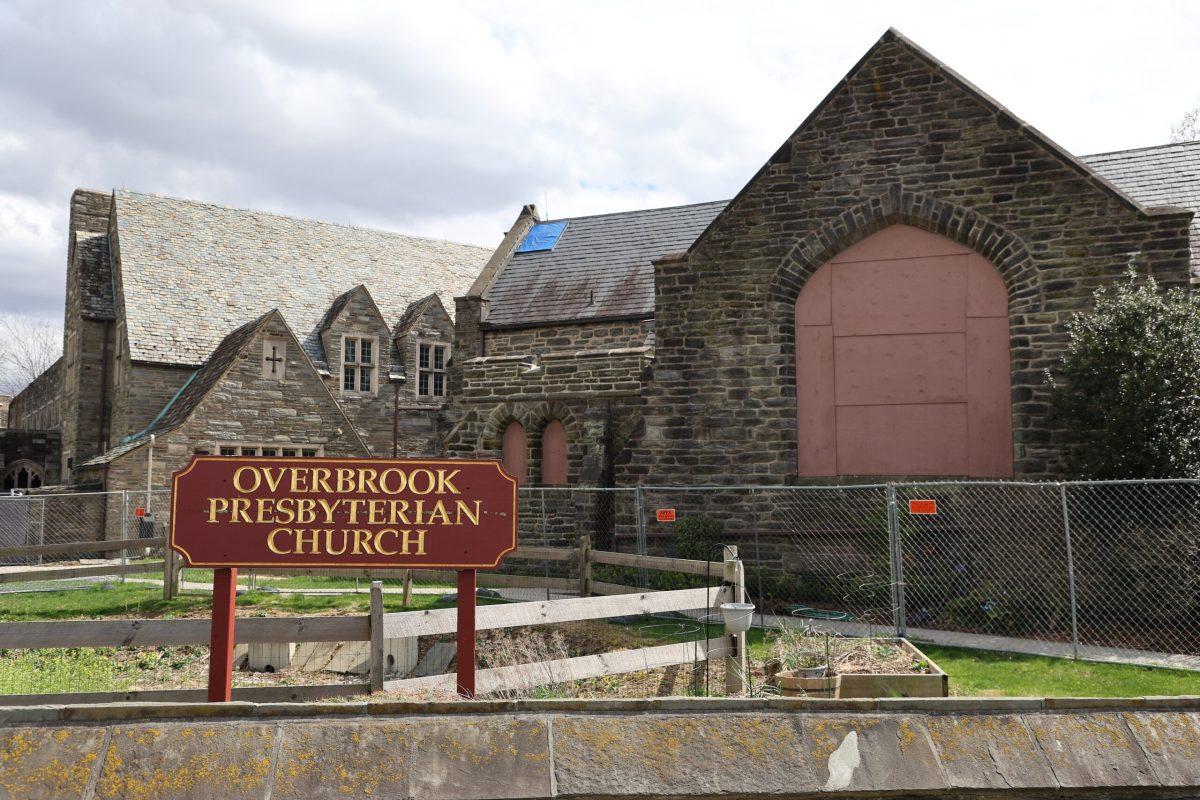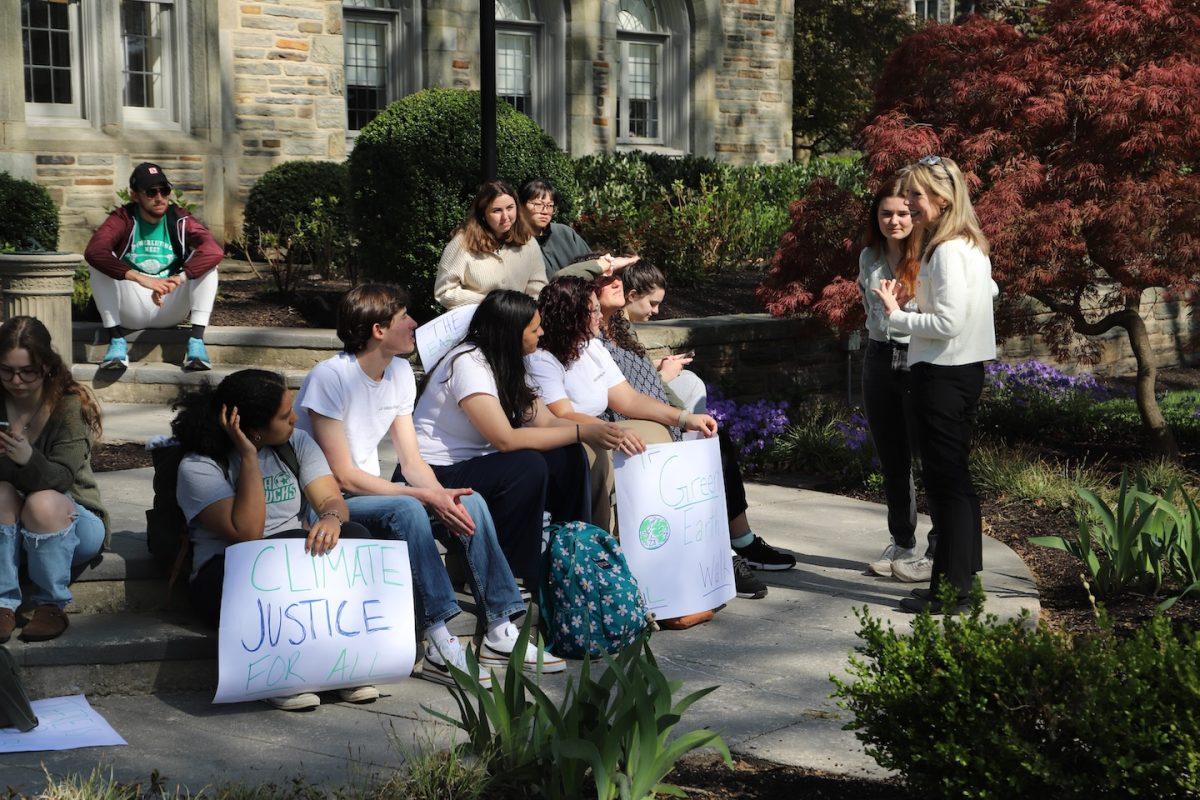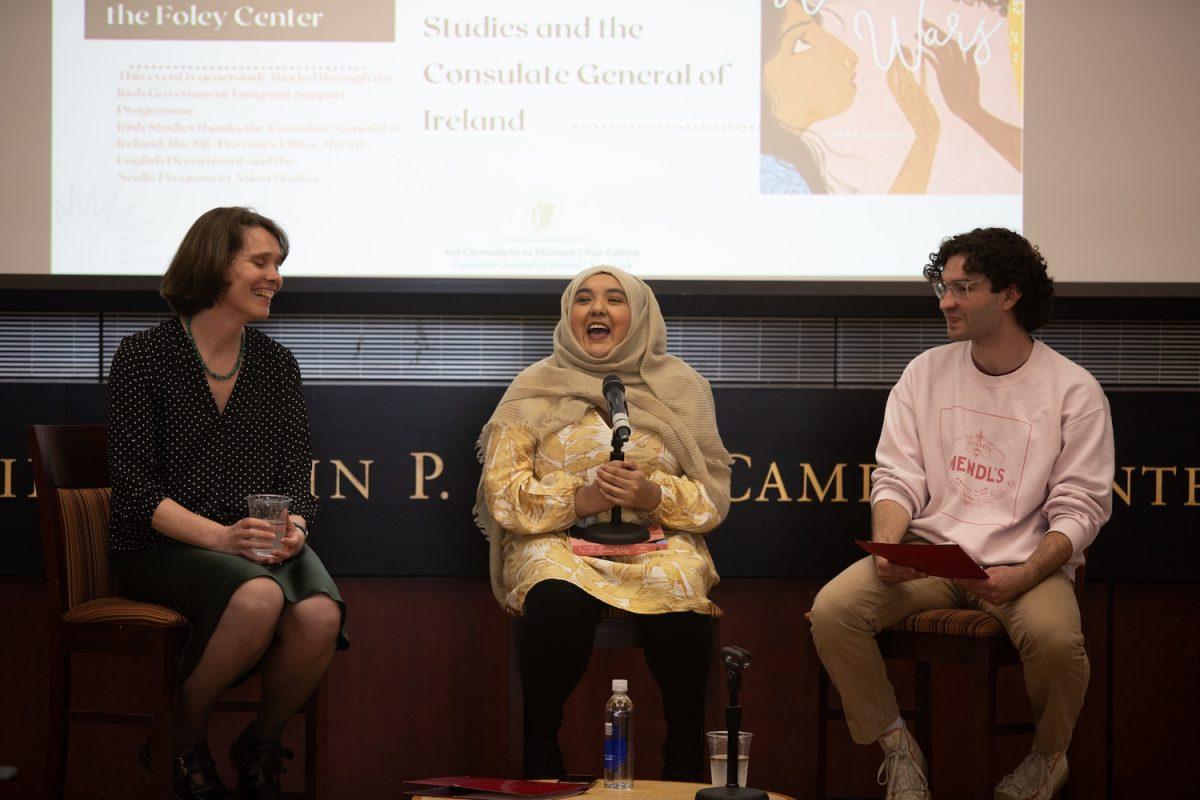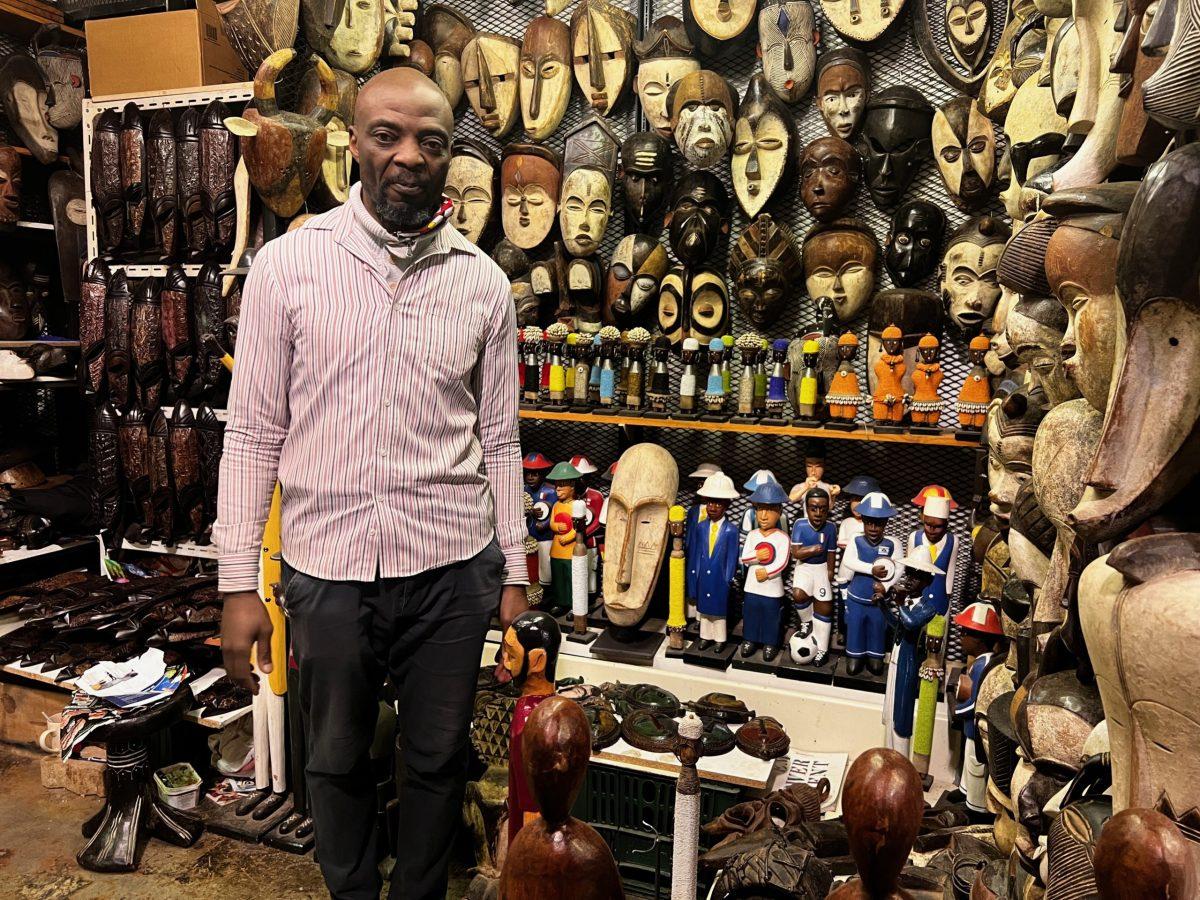Pietermaritzburg, South Africa — As a Black South African using ceramics as a medium to express himself and create art, S’bonelo Tau Luthuli stands out.
The primary use of ceramics in many African cultures is to make functional pieces such as pots, plates, bowls, mugs and vases.
S’bonelo, as he prefers to be called, wants to create “something totally different,” while also honoring the roots of his art.
“Work of this nature was previously created by ordinary women from farmlands with an intention to use the object,” S’bonelo said. “I take inspiration from that. I don’t overlook and disrespect them because I have a totally different understanding. I do honor them.”
S’bonelo also stands out among a predominantly white ceramics community in South Africa.
“When you create something that is different, that sometimes challenges canons within those practices, some people get annoyed, and they don’t take you very seriously,” S’bonelo said.
An exhibition of S’bonelo’s work was on display at the Tatham Art Gallery in Pietermaritzburg, about an hour northeast of Durban, through June 26. Titled “Ihubo IeNgabadi: Song of the Soil,” it featured 20 ceramic vessels imprinted with unique patterns and minimalistic colors.
S’bonelo, who is 41 and from the Durban area, distinguishes himself from other ceramicists by using a traditional ceramic technique of coiling. This method involves stacking coils on top of each other until a vase form is created.
“It is a dying technique because this technique is now only practiced by a few people who understand it because most people prefer to use a wheel,” S’bonelo said.
Unlike most ceramicists, S’bonelo also does not glaze his pots. Instead he uses a traditional technique of smoke firing, which creates a decorative smoke effect on the clay. He sometimes uses another technique called saggar firing, placing a pot inside a larger pot in order to create a darker color by suffocating it.
S’bonelo used the saggar firing technique on a black pot featured in the exhibition and titled “Voices of the Ancestors,” which he said represents the Zulu culture of sacred rituals.
“In Zulu culture, they have a belief that a black pot is one where the ancestors reside,” he said pointing at his piece. “We are a reflection of the people who lived then…we are still an extension of them.”

The patterns on S’bonelo’s clay pots are influenced by the Zulu practice of scarification, which allowed ancestors to distinguish people from different tribes. Incisions on the body are often reflective of a significant life moment.
S’bonelo’s African culture remains one of the biggest influences for his pieces. Black South African potters like Clive Sithole and Nesta Nala also influence his work, S’bonelo said. In fact, it was during a visit to an exhibition of Sithole’s work when S’bonelo was in high school that the idea of becoming a ceramicist himself first came to him.
S’bonelo said he did not take many art classes in high school, but because his teachers noticed his interest in art, they encouraged him to develop his skills as an artist by pursuing art school.
Recently, while learning more about his family history, S’bonelo discovered that he was not related to his grandfather. This led him to begin signing his pieces with his grandmother’s surname, Njiyela, in order to pay respect to his rightful ancestors.
“It was an honor to my grandma for allowing me to live because I almost died…I decided to join [the] exhibition here in her honor because I understand that she’s the one who gave me this gift,” S’bonelo said. “I know that I should pay respect to her, Lulama Njiyela, because I wouldn’t create this work if it wasn’t for her giving me this gift.”
At the end of 2021, S’bonelo was approached by Zanele Nsindane, a teacher of visual and creative arts for 10 years at Phakathi Secondary School in Pinetown, a town about 16 km (10 miles) west of Durban. Nsindane asked S’bonelo to host a ceramics workshop for her students, and S’bonelo agreed as “a way of giving back,” he said.
The workshops ran for three Saturdays in May and June. About 18 students from Phakathi as well as three students from neighboring schools participated.
“The learners enjoyed the lessons of the workshop. They are asking me to continue with the workshop,” said Nsindane. “We ended up going to see S’bonelo’s exhibition in Pietermaritzburg.”
Ayanda Mvubu, a student who participated in the ceramics workshop, said she enjoyed using their hands in their craft work.
“I created a clay pot that talks about narrative where, in the old days, the stories were nowhere to be seen but they were told by our grandmothers,” Mvubu said “In the nowadays, our history is routine, but it is taught by our grandmothers or grandfathers.”
Thamsanqa Magcaba, another student participant with more experience in ceramics, said that his favorite part of the workshop was helping other students create art that they love.
“I like working with nature, like clay. Even when I made artwork with paints, I sometimes usually involve nature so it reflects who I am,” Magcaba said.

Despite her efforts to promote the arts within the high school, Nsindane said she struggles to find funding to support art workshops.
“Especially public schools, they don’t have funding for the subject so it is so difficult to teach. [It] is very expensive, and some parents cannot afford buying it,” Nsindane said.
Nsindane said she hopes to invite other artists specializing in different art mediums to host more workshops.
“[The students] even asked me to get other people to workshop them on different forms, like a painting workshop. They’re not exposed to painting. The only paints they have is watercolors, which is cheaper than the other [kinds],” Nsindane said. “They don’t even have canvases. Some of them have never even seen a canvas except that they only see a canvas [in a] book.”
Aware of the lack of support for the arts in the community, especially for young people, S’bonelo said he hopes to continue to share his passion for ceramics with high school students who may be inspired, as he was, to become artists themselves one day.
“[Ceramics] is not practiced in many homes. It makes sense to me that I should go there and try to help the students learn this skill,” S’bonelo said. “Art shouldn’t be a privilege to those who have the financial means to go under institutions of learning. It should be something that is open to anybody.”
Lwande Nsindane, a student at George Campbell Technical High School, contributed to this story.












































